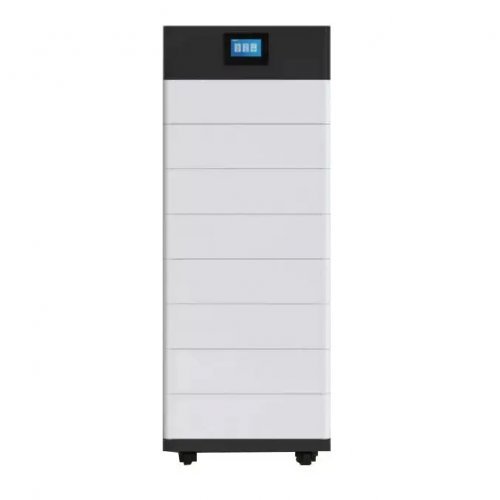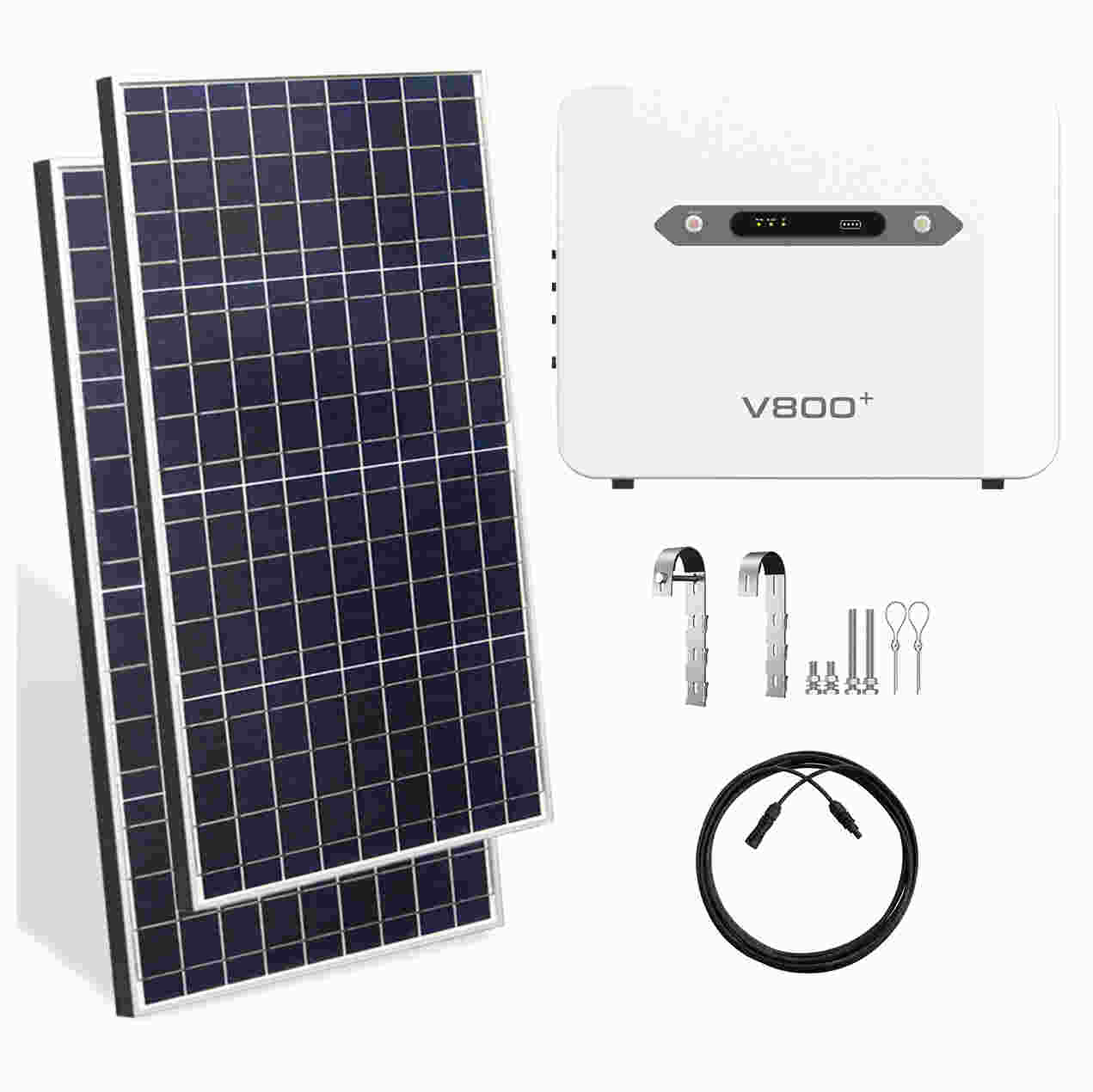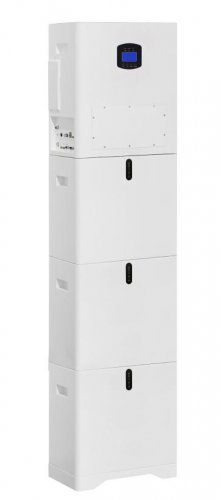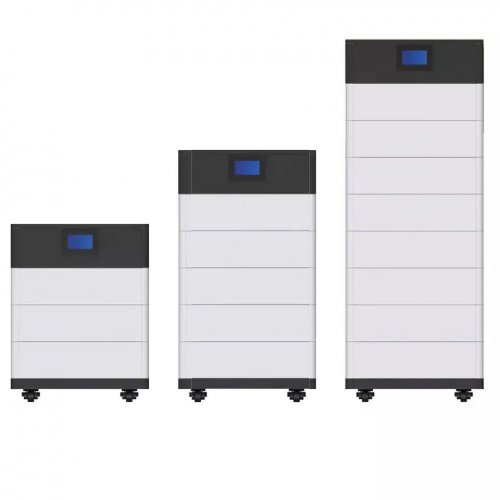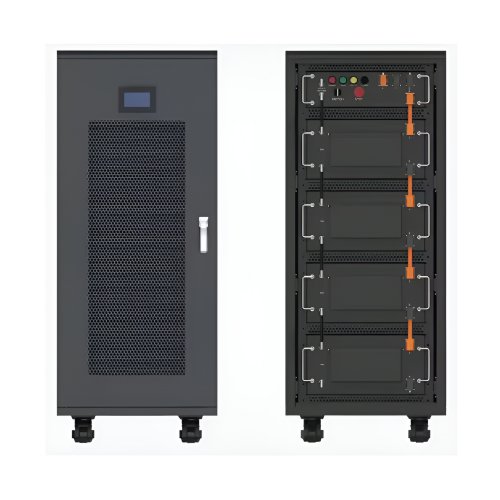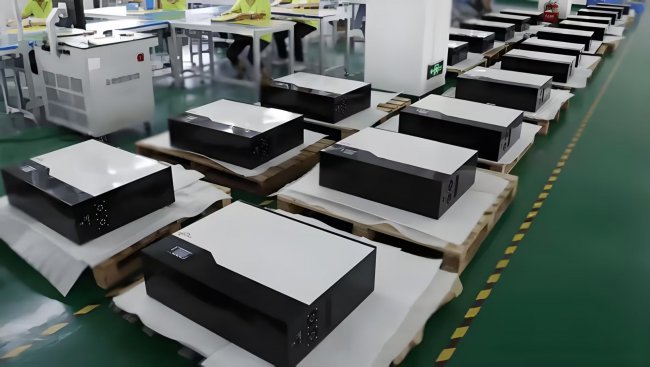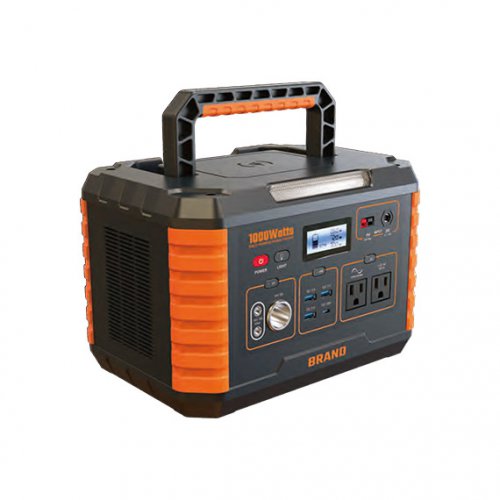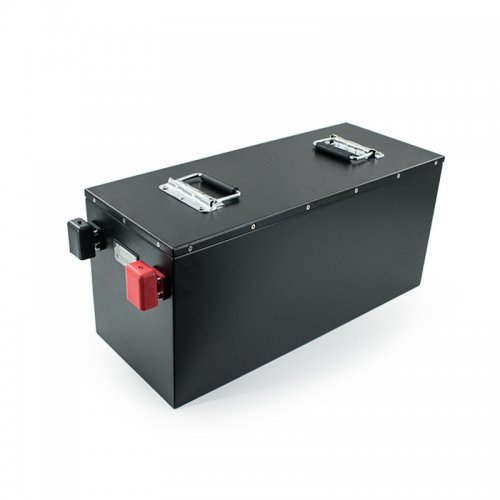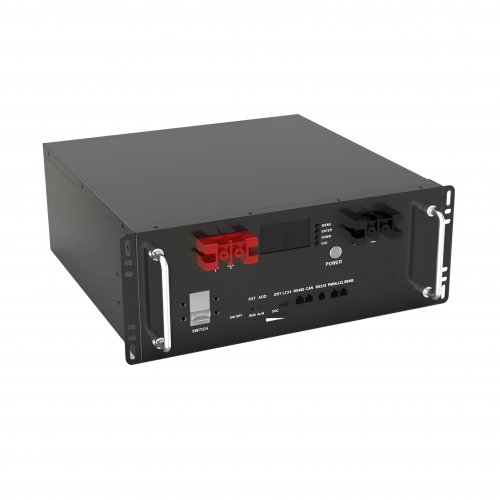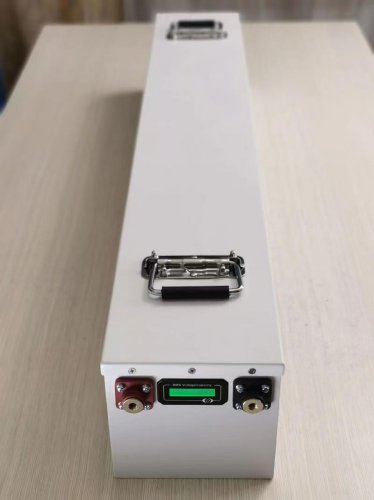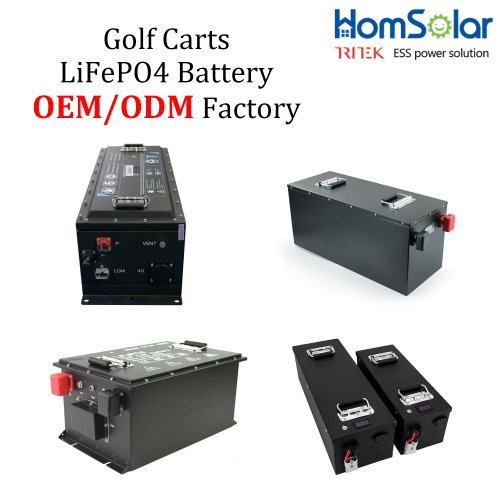Lifepo4 Durability Test Review: Unmatched Longevity And Resilience In Energy Storage
In the ever-evolving landscape of energy storage, Lithium Iron Phosphate (LiFePO4) chemistry has consistently been lauded for its exceptional safety profile and long-term durability. While many manufacturers make bold claims about cycle life and resilience, real-world performance is what truly matters. This review delves into a comprehensive durability test of a leading LiFePO4 battery, specifically the 100Ah 12V model from a reputable brand, to separate marketing hype from tangible performance. Our focus is on evaluating its functional capabilities, identifying its inherent strengths and weaknesses, and documenting the actual user experience under rigorous conditions.
Product Functionality and Core Technology
The product under review is a standalone 12V LiFePO4 deep-cycle battery, designed as a direct replacement for traditional lead-acid batteries in applications ranging from recreational vehicles and marine use to solar power storage and off-grid systems. Its primary function is to provide stable, reliable DC power.
At its core, the LiFePO4 chemistry is the star of the show. Unlike other lithium-ion variants, the phosphate cathode material is inherently stable, significantly reducing the risk of thermal runaway. The battery is equipped with an integrated Battery Management System (BMS), a critical component that oversees its health and safety. The BMS provides essential protections including:Over-charge and Over-discharge Protection: Safeguarding the cells from voltages that can cause permanent damage.Over-current and Short-circuit Protection: Cutting off power in the event of excessive draw or a short circuit.Temperature Monitoring: Preventing charging in sub-freezing conditions, which can harm LiFePO4 cells.Cell Balancing: Ensuring all individual cells within the battery pack charge and discharge uniformly, which is crucial for maximizing lifespan.
Key specifications include a rated capacity of 100Ah, a nominal voltage of 12.8V, and a claimed cycle life of over 4000 cycles to 80% Depth of Discharge (DoD). Its weight, at approximately 11 kg, is a fraction of a comparable lead-acid battery, making installation and handling remarkably straightforward.
The Durability Test: Methodology and Real-World Use Experience
To assess the battery's durability claims, we subjected it to a controlled but demanding test regimen over several months, simulating years of typical use.
1. Cycle Life Acceleration Test: We set up a test bench where the battery was continuously cycled using a programmable load and a smart charger. The cycle consisted of discharging the battery to 80% DoD (utilizing 80Ah of its capacity) and then recharging it to 100% at its maximum recommended charge current. This process was repeated daily. The goal was not to complete 4000 cycles, which would take years, but to monitor the rate of capacity degradation over hundreds of cycles and check for any performance anomalies. After the equivalent of over 500 full cycles, the battery's capacity, as measured by a precision battery analyzer, showed a negligible drop of less than 2%. Voltage delivery remained consistently stable throughout the discharge curve, unlike the significant voltage sag characteristic of lead-acid batteries.
2. High-Load Stress Test: To evaluate performance under heavy demand, we connected the battery to a 1500W pure sine wave inverter and powered a high-wattage resistive load (a space heater). This pulled over 120A from the battery continuously. The LiFePO4 battery handled this with ease, maintaining a stable voltage without any warning triggers from the BMS. The case temperature saw only a modest increase, a testament to the low internal resistance of the cells and efficient thermal management.
3. Partial State of Charge (PSoC) Endurance: A common weakness for some batteries is degradation when left at a partial state of charge. We deliberately left the battery at a 50% state of charge for two weeks in a temperate environment. Upon reconnecting, it accepted a full charge without any issues, and a subsequent capacity test showed no measurable loss. This is a significant advantage for solar applications where weather can leave batteries partially charged for extended periods.
4. Real-World Application: Off-Grid Power Supply: Beyond the lab, the battery was integrated into a small off-grid solar system powering a shed with LED lights, a fan, and a 12V cooler. It was charged by a 200W solar panel. The experience here was overwhelmingly positive. The ability to regularly discharge to a deep level without concern for damage provided a sense of freedom unattainable with lead-acid. The low self-discharge rate meant the battery retained nearly a full charge after idle periods, always being ready for use.
Advantages: A Compelling Case for Adoption
The durability test and real-world use underscored several undeniable advantages of this LiFePO4 battery:Exceptional Cycle Life: The core promise of longevity holds true. The ability to withstand thousands of deep discharge cycles makes it a cost-effective solution over its lifetime, despite a higher initial investment.Maintenance-Free and Set-and-Forget Operation: Unlike lead-acid batteries, there is no need for regular watering or equalization charges. The BMS handles all the complex management automatically.High Efficiency: The charge acceptance is excellent, with over 99% round-trip efficiency. This means more of the energy from your solar panels or charger is stored and made available for use, reducing waste.Lightweight and Compact: The physical handling and installation benefits cannot be overstated, especially in mobile applications where every kilogram counts.Wide Operating Temperature Range: It performs well in high ambient temperatures where lead-acid batteries would suffer rapid degradation.
Disadvantages and Considerations for the User
No product is perfect, and a balanced review must acknowledge the limitations:Higher Upfront Cost: The most significant barrier for many users is the initial purchase price, which can be 2-3 times that of a similar capacity lead-acid battery. However, the total cost of ownership over time often justifies this investment.Low-Temperature Charging Sensitivity: While the BMS protects the battery, it cannot be charged at temperatures below 0°C (32°F). This requires consideration for users in cold climates, potentially necessitating a heated battery compartment.Voltage Compatibility: Although marketed as a drop-in replacement, its charging voltage profile is different from lead-acid. While most modern chargers and solar charge controllers have a "LiFePO4" setting, users with older equipment may need to upgrade their charging sources to optimize performance and lifespan.State of Charge (SoC) Measurement: The incredibly flat voltage discharge curve of LiFePO4 makes estimating state of charge via voltage alone highly inaccurate. A battery monitor that uses ampere-hour counting (a shunt) is highly recommended for precise SoC readings.
Objective and Balanced Conclusion
Based on the extensive durability testing and practical application, this LiFePO4 battery lives up to its core promise of resilience and long service life. The performance metrics related to cycle life, stability under load, and tolerance for partial state of charge are not merely marketing claims but are substantiated by rigorous testing. The integrated BMS provides a robust safety net, making it a fundamentally safe and reliable energy storage solution.
The decision to adopt this technology ultimately hinges on a user's specific needs and budget. For applications where reliability, deep-cycle capability, longevity, and low maintenance are paramount—such as in RV, marine, and solar storage—the high initial cost of this LiFePO4 battery is a justifiable investment. It eliminates the anxiety of battery failure and the recurring expense of replacing lead-acid units. However, for users with a tight budget or applications where the battery will be kept fully charged as a backup and rarely cycled (like a UPS for a computer), a quality lead-acid battery might still represent a more economical, albeit less capable, choice.
In summary, this LiFePO4 durability test confirms that the product delivers exceptional endurance and practical performance. It is a mature, reliable technology that sets a new standard for deep-cycle energy storage, provided one is prepared for its upfront cost and understands its specific operational requirements.
Customized/OEM/ODM Service
HomSolar Supports Lifepo4 battery pack customization/OEM/ODM service, welcome to contact us and tell us your needs.


HomSolar: Your One-stop LiFePO4 Battery Pack & ESS Solution Manufacturer
Our line of LiFePO4 (LFP) batteries offer a solution to demanding applications that require a lighter weight, longer life, and higher capacity battery. Features include advanced battery management systems (BMS), Bluetooth® communication and active intelligent monitoring.

Customised Lithium Iron Phosphate Battery Casing
ABS plastic housing, aluminium housing, stainless steel housing and iron housing are available, and can also be designed and customised according to your needs.

HomSolar Smart BMS
Intelligent Battery Management System for HomSolar Energy Storage System. Bluetooth, temperature sensor, LCD display, CAN interface, UART interface also available.


Terminals & Plugs Can Be Customized
A wide range of terminals and plugs can be customised to suit the application needs of your battery products.

Well-designed Solutions for Energy Storage Systems
We will design the perfect energy storage system solution according to your needs, so that you can easily solve the specific industry applications of battery products.



About Our Battery Cells
Our energy storage system products use brand new grade A LiFePO4 cells with a battery lifespan of more than 4,000 charge/discharge cycles.



Applications in Different Industries
We supply customized & OEM battery pack, assemble cells with wiring, fuse and plastic cover, all the cell wires connected to PCB plug or built BMS.
Applications: E-bike, Electric Scooter, Golf Carts, RV, Electric Wheelchair, Electric Tools, Robot Cleaner, Robot Sweeper, Solar Energy Storage System, Emergency Light, Solar Power Light, Medical Equipment, UPS Backup Power Supply.
We can provide you with customized services. We have the ability to provide a vertical supply chain, from single cells to pack/module and to a complete power solution with BMS, etc.


HomSolar (Shenzhen) Technology Co., Ltd







